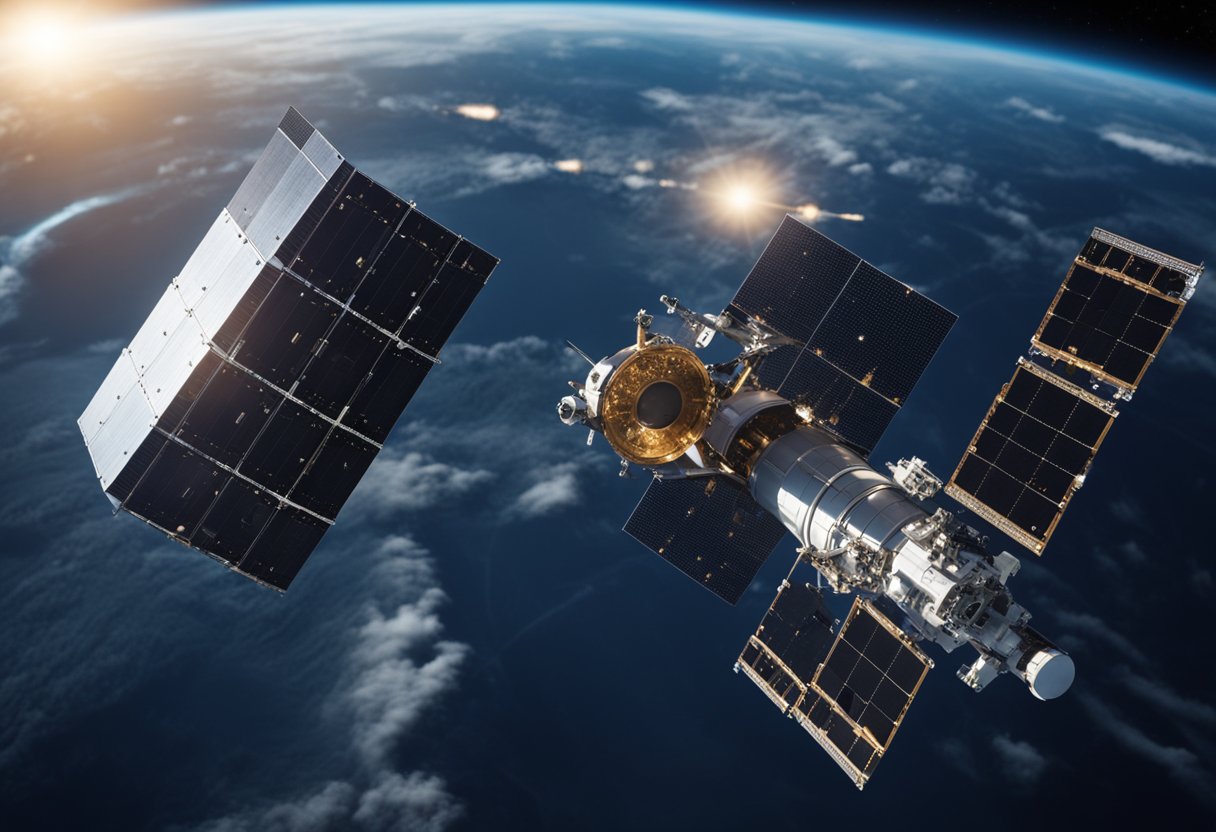
As we embark on further exploration of the cosmos, it’s imperative that we address the need for space environmental protection. Our adventures beyond Earth’s atmosphere present numerous challenges, ranging from the management of space debris to the prevention of planetary contamination. Technologies geared towards mitigating these risks are integral to the sustainability of our extraterrestrial endeavours. Ensuring the long-term usability of space requires the development and implementation of innovative solutions that preserve the delicate balance of the space environment while enabling continuous exploration and research.
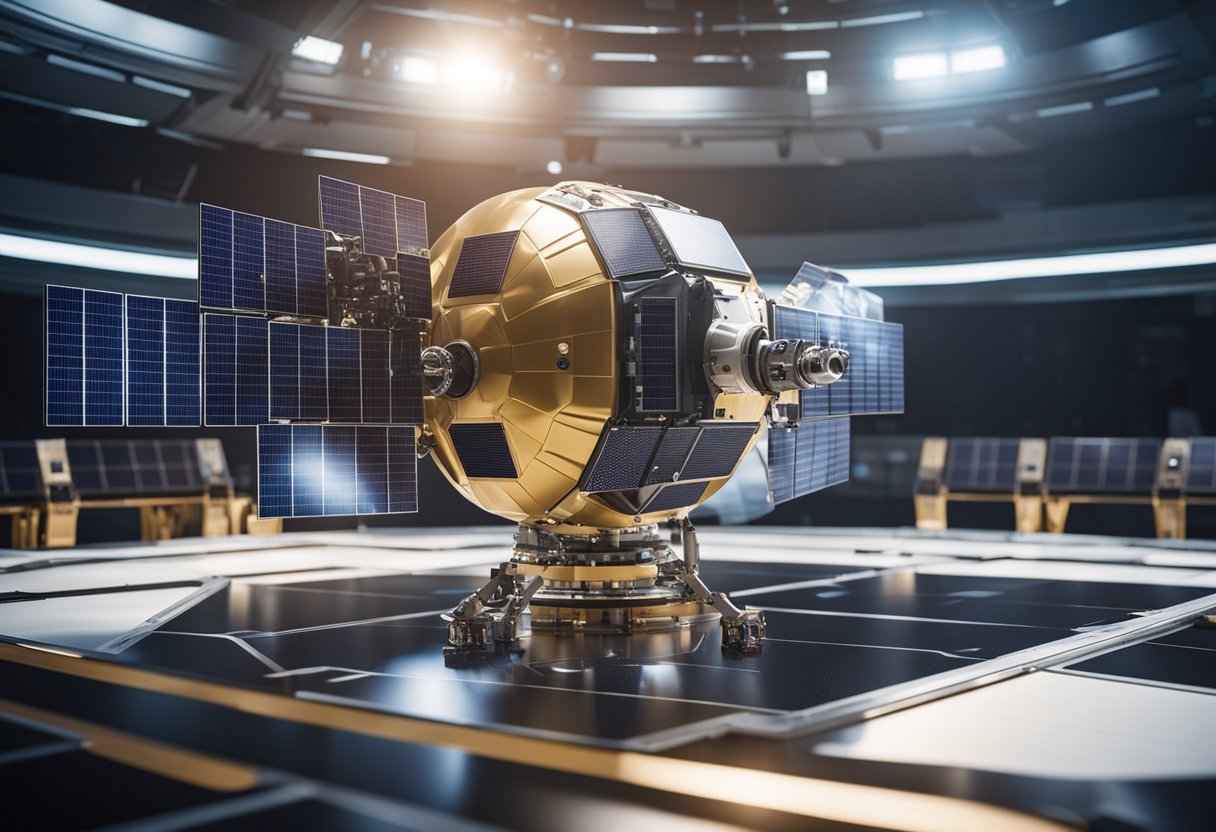
Technological advancements in spacecraft design and engineering play a significant role in prolonging the lifespan and safety of space missions. Critical considerations such as orbital mechanics for navigation, reliable communication systems, and the development of habitats capable of withstanding the harsh conditions of space are continually evolving. These technologies are not only essential for safeguarding astronauts and equipment but are also vital in maintaining the integrity of the space environment. The principles of sustainability and space ethics must permeate throughout every aspect of our space exploration activities, ensuring that we act as responsible stewards of the final frontier.
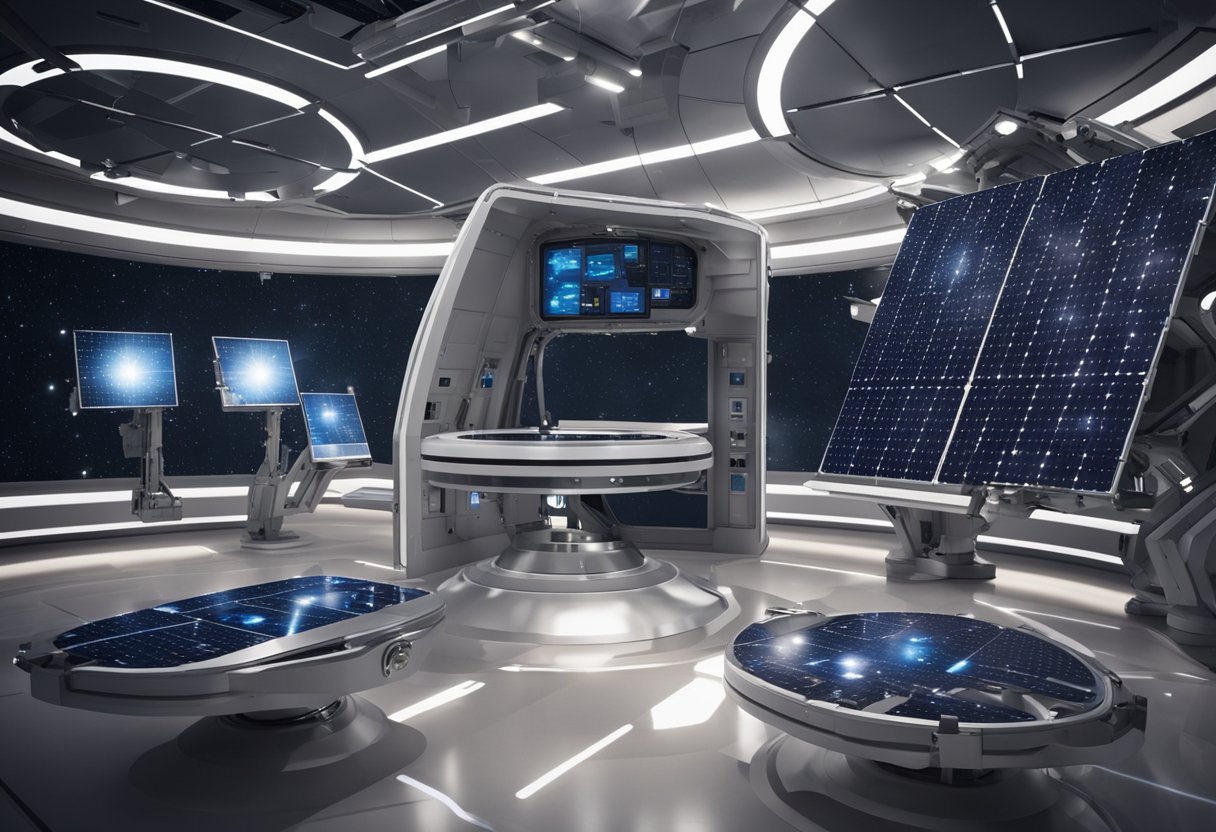
The harsh conditions and ever-present risks of orbital debris make safeguarding the intricate balance of our space environment a pressing concern.
Space poses unique challenges due to its extreme conditions, including vacuum, microgravity, and intense radiation. These factors necessitate the development of advanced materials and technologies to ensure the safety of astronauts and the integrity of spacecraft.
Orbital debris, or space junk, continues to amass, comprising defunct satellites, spent rocket stages, and fragmented debris from collisions. Effective management strategies are critical for preventing potential Kessler Syndrome, where cascading collisions in orbit could exponentially increase debris, thereby jeopardising future space operations.
Climate change intersects with space in two key areas: monitoring our planet’s climate from space and the carbon footprint of the space industry. Satellites play an indispensable role in measuring global carbon emissions more accurately, which in turn informs climate policy. Simultaneously, we must rigorously assess and mitigate the environmental impact of launching and operating spacecraft.
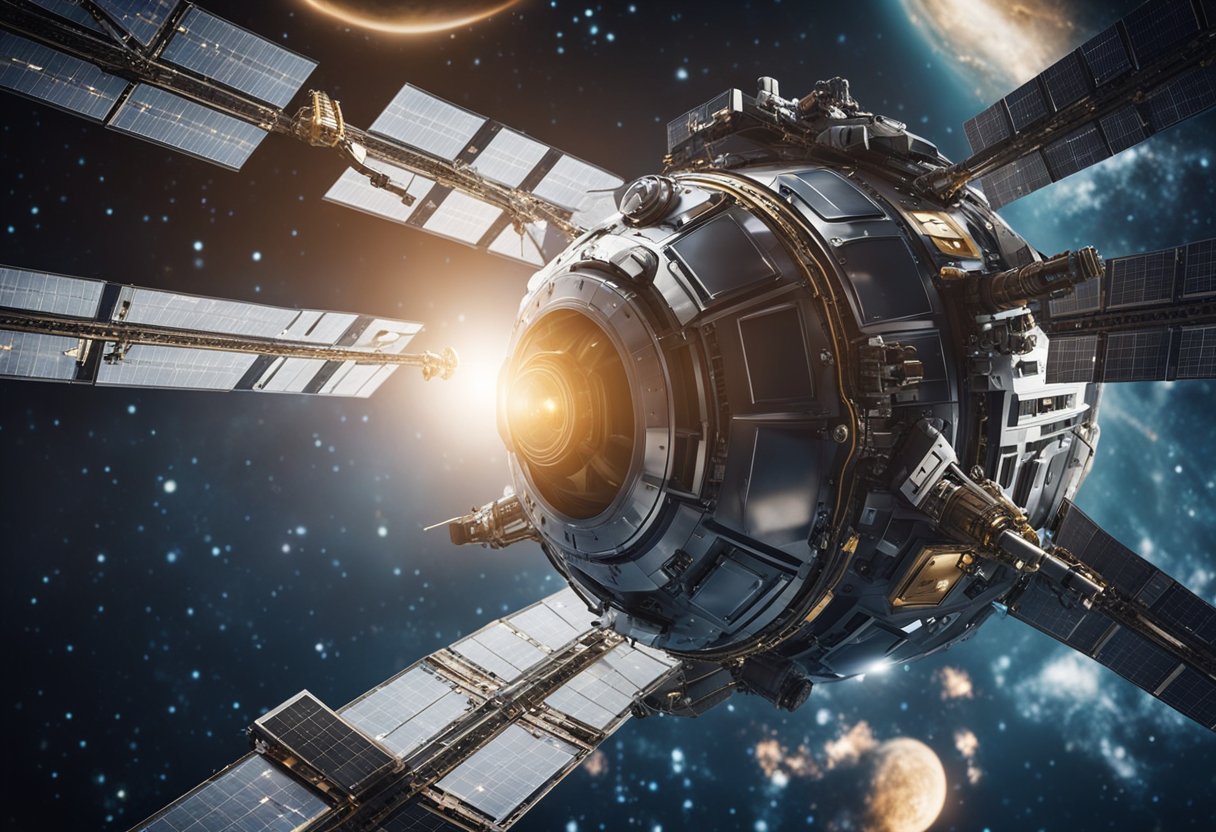
As we advance into the era of space exploration, the design and engineering of spacecraft become critical to ensure safety and reliability. Our focus here is on the construction of the spacecraft, specifically the materials and structures that can withstand the harsh conditions of space, and the life support systems that are vital for astronaut survival.
The selection of materials for spacecraft construction is paramount. We employ advanced materials that offer durability and protection against the extremes of space, such as intense radiation and micro-meteoroid impacts. For instance, the use of alloys created specifically for space missions contributes to the structural integrity of spacecraft. Also, scientists and engineers have developed materials with sophisticated applications in areas like thermal control and radiation shielding.
For life support systems, our engineering efforts are directed towards creating a stable internal environment. The Environmental Control and Life Support System (ECLSS) is crucial for providing astronauts with necessities such as air, water, and temperature regulation. These systems are designed with redundancies and fail-safes to ensure uninterrupted functioning.
In all our engineering pursuits, we strive to enhance the durability and habitability of spacefarers’ vessels. Through rigorous testing and development, we refine these technologies to support the ambitious missions of tomorrow, such as those outlined on SpaceVoyageVentures.com, a platform documenting our strides in space tourism and exploration. Our commitment lies in harnessing state-of-the-art engineering to conquer the final frontier.
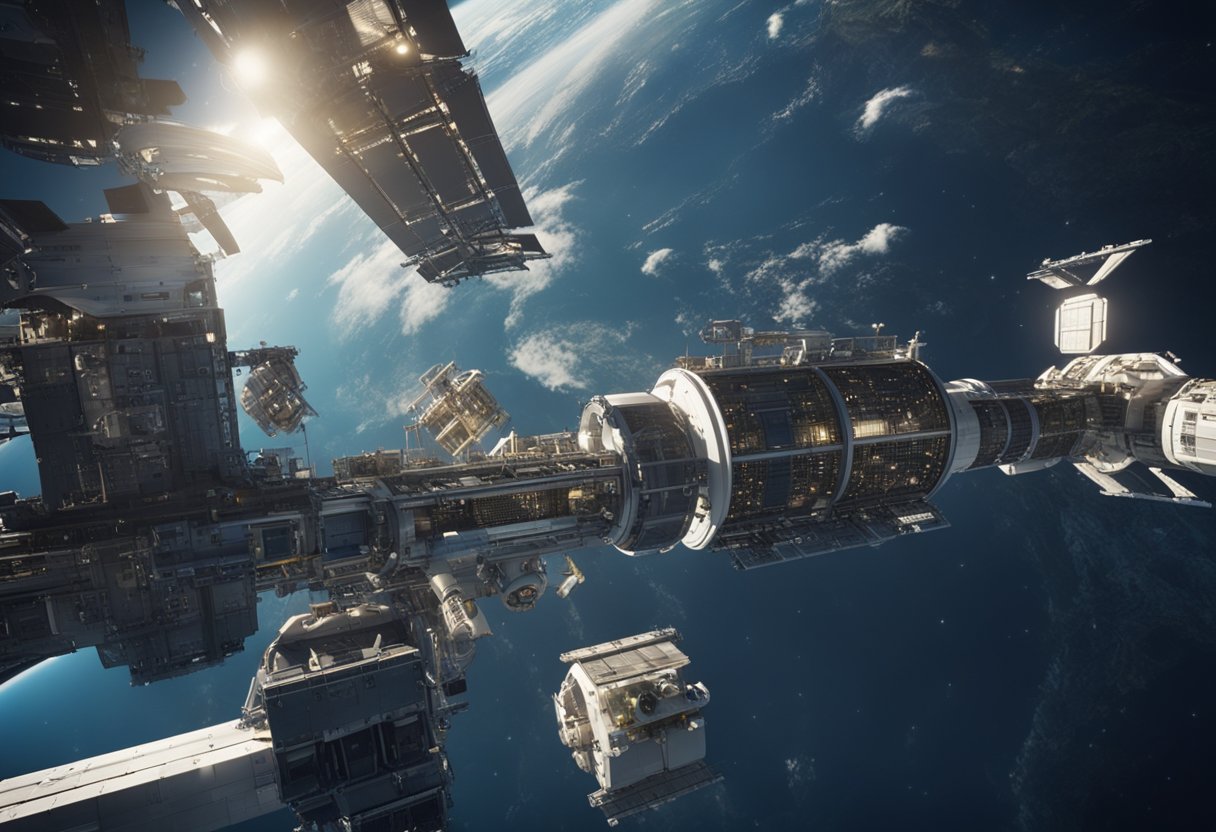
Space stations and habitats are crucial for long-term human presence in space. They provide the necessary infrastructure for life support, scientific research, and preparation for future exploration.
The International Space Station (ISS) serves as a blueprint for future advancements in space habitats. Operating since the year 2000, the ISS has been a collaborative effort between multiple countries and remains a testament to our capacity for joint exploration and scientific endeavours. As a microgravity research laboratory, the ISS facilitates studies across multiple scientific disciplines, crucial for the continued development of life support systems and understanding the effects of long-term space living on the human body.
Looking ahead, the development of deep space habitats signifies the next step in our ventures beyond Earth’s orbit. Our commitment to establishing a sustainable human presence on the Moon and Mars has led to NASA selecting proposals for advanced space habitat designs. These habitats will require robust life support systems and autonomous operations to support crews for missions that may last up to 1,100 days.
Research and advancements posit that soon, habitats with commercial applications like manufacturing and tourism will become a reality. Websites like SpaceVoyageVentures.com are already chronicling the potential for space tourism, giving us a glimpse into a future where space travel is accessible to more people.
As we progress, it’s essential that these new habitats are designed with sustainability in mind, considering the preservation of both the space environment and our Earth. These pioneering steps in deep space habitation are paving the way for humanity’s next giant leaps in the universe.
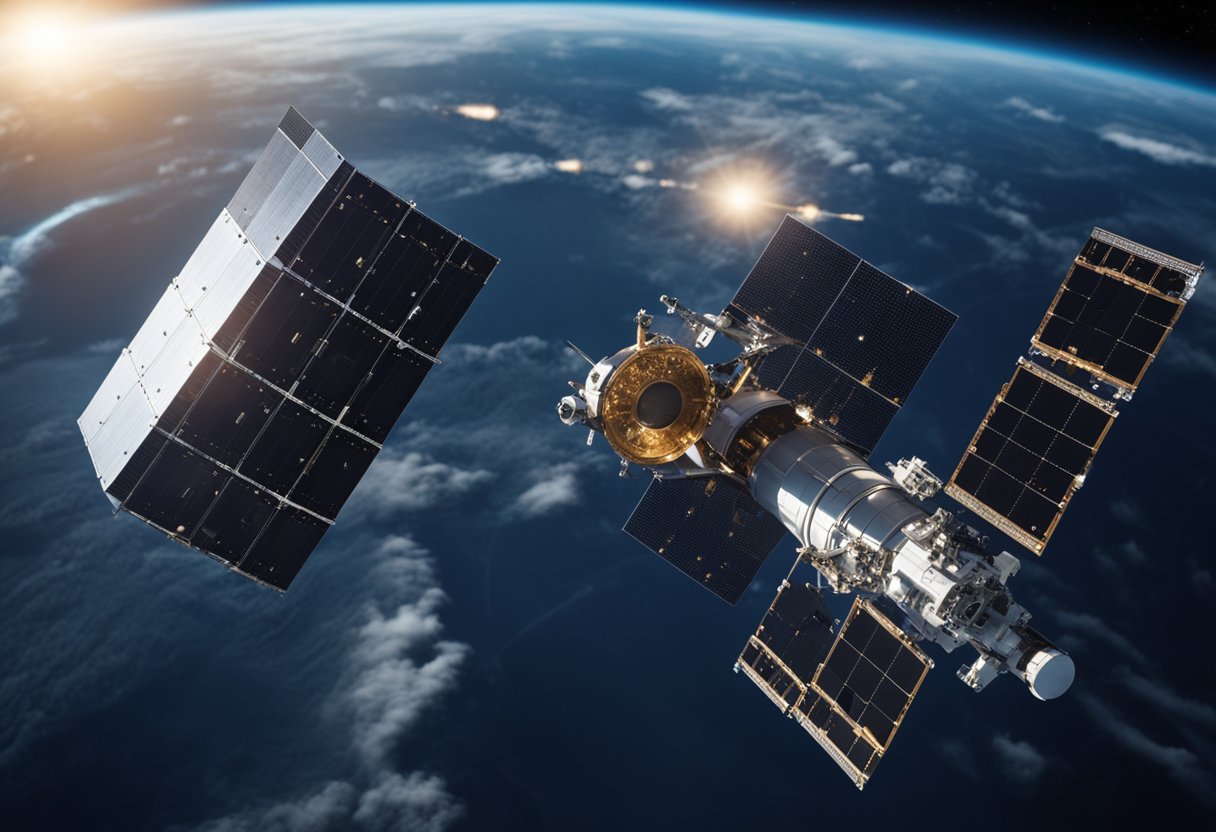
In addressing technologies for space environmental protection, we must consider the crucial roles of orbital mechanics and navigation. These disciplines ensure the precise positioning and movement of spacecraft within various segments of Earth’s orbit and beyond.
Low-Earth orbit (LEO) refers to the region of space up to 2,000 kilometres above Earth’s surface. It is a congested zone, with numerous satellites and debris objects sharing this space. We utilise advanced orbital mechanics to manoeuvre spacecraft safely and efficiently in this environment. By understanding the complex gravitational forces at play, we can optimise satellite launches and operational paths to minimise the risk of collision and reduce the potential for creating additional space debris.
Navigating to the moon and beyond demands astute knowledge of celestial mechanics. The distance from Earth to the moon averages about 384,400 kilometres, a realm where traditional earthbound navigation systems do not suffice. We employ deep space navigation techniques that make use of radio signals and celestial observations to determine a spacecraft’s position relative to the moon. This ensures accurate and safe travel for missions that extend our presence into deeper space, whether for scientific, commercial or, as documented by SpaceVoyageVentures.com, burgeoning space tourism initiatives.
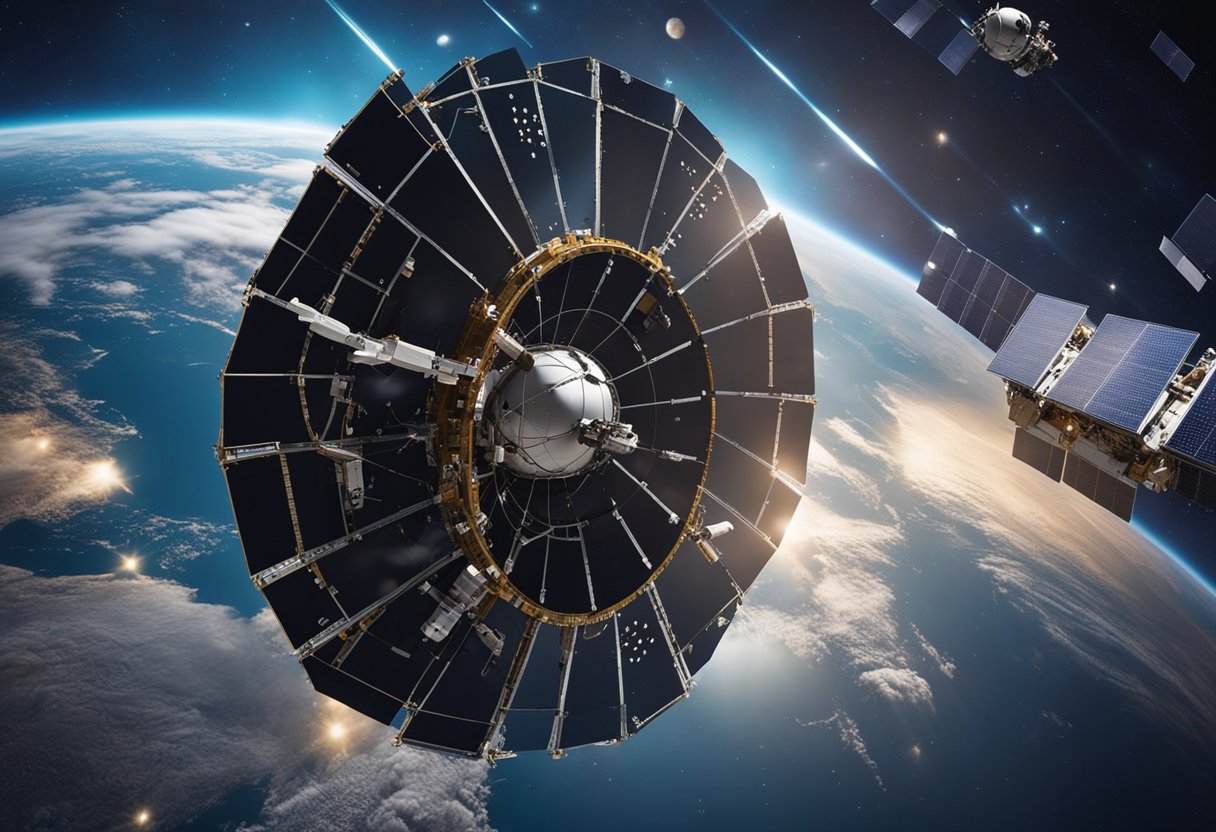
We’ve developed a range of technologies responsible for ensuring that information can travel vast distances through the vacuum of space to enable global communications, navigation, and exploration. Two key elements in these technologies are satellite constellations and global positioning systems, both playing integral roles in the dynamic field of space communication.
Our satellite constellations involve multiple satellites working in concert to provide continuous coverage over a particular area. These constellations support a variety of communication services, including broadband internet and mobile connectivity, to name but a few. Communication satellites are placed in precise orbits, ensuring they can relay signals effectively between Earth and space assets or among themselves.
Global Positioning Systems (GPS) rely heavily on a group of satellites known as the GPS constellation. These satellites broadcast precise timing signals that our devices use to determine location information with remarkable accuracy.
The integration of GPS technology has been pivotal for navigation on Earth, and its influence extends to space exploration activities. It has been fundamental in plotting trajectories for spacecraft and for coordinating the synchronisation of time signals between space-based assets.
By ensuring the continued development of these systems, we are preserving the viability of ambitious projects, such as those envisioned by SpaceVoyageVentures.com, where the future of space tourism is taking shape. Communication and navigation technologies constitute the backbone of existing and emergent ventures into space, facilitating not only exploration but also the burgeoning field of space tourism.
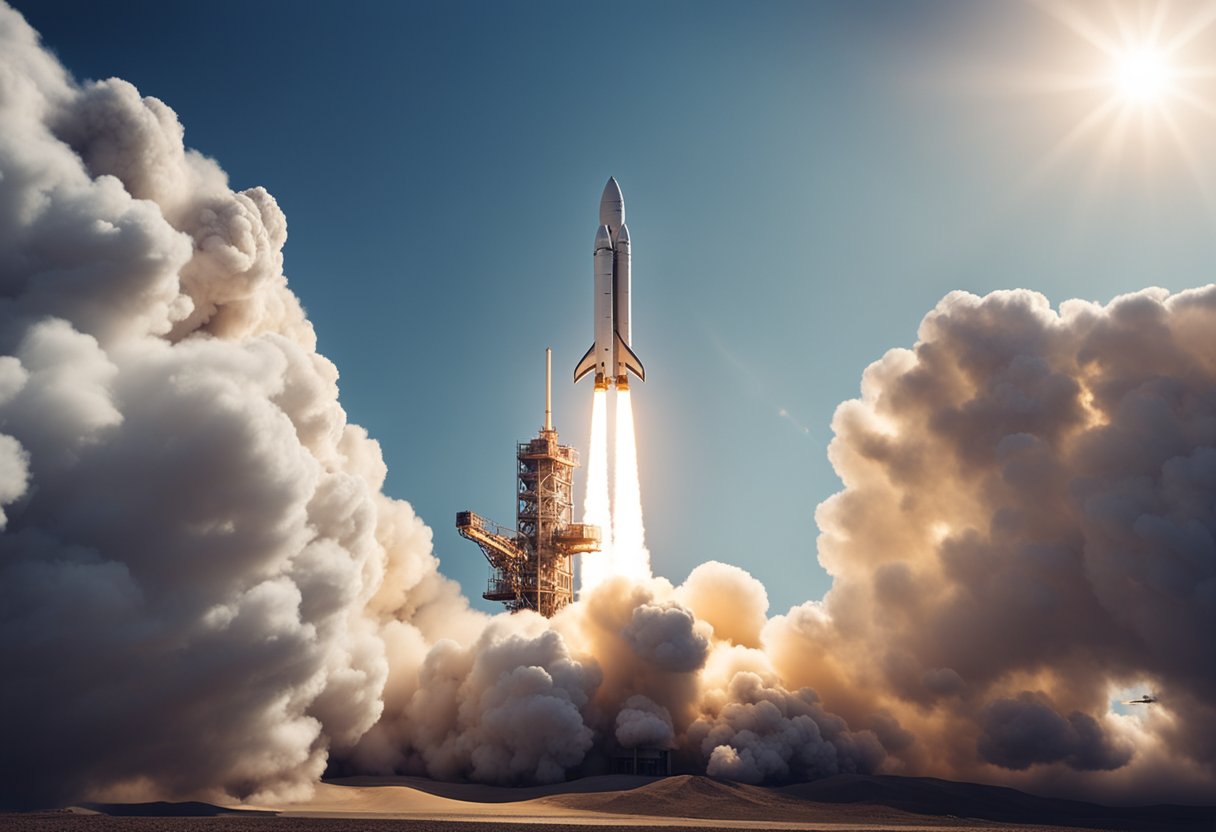
Space exploration and planetary protection go hand in hand, as we embark on missions to uncover the secrets of the cosmos. Our journey extends from the close study of planets to the broad array of space-borne experiments that seek to advance our understanding of the universe.
We prioritise the detailed analysis and exploration of different celestial bodies. Manned spacecraft and advanced materials are pivotal for safe and effective missions. Our endeavours often involve studying the topography, geology, atmosphere, and potential for life of various planets. Currently, missions to Mars and other solar system bodies are planned with a focus on minimal environmental impact to preserve their pristine conditions. Through initiatives like NASA’s research on space environmental effects, we strive to ensure that exploration is conducted responsibly.
In orbit, our experiments range from material sciences to biological studies. The unique conditions of microgravity allow us to conduct research that would be impossible on Earth. Notably, the International Space Station serves as a hub for groundbreaking experiments contributing to our collective scientific knowledge. Understanding the sustainability of space activities is critical, and it overlaps with the burgeoning field of space tourism, as outlined by sites like SpaceVoyageVentures.com. This encompasses current, future, and nearly available tourism trips, highlighting a new era of accessible space exploration.
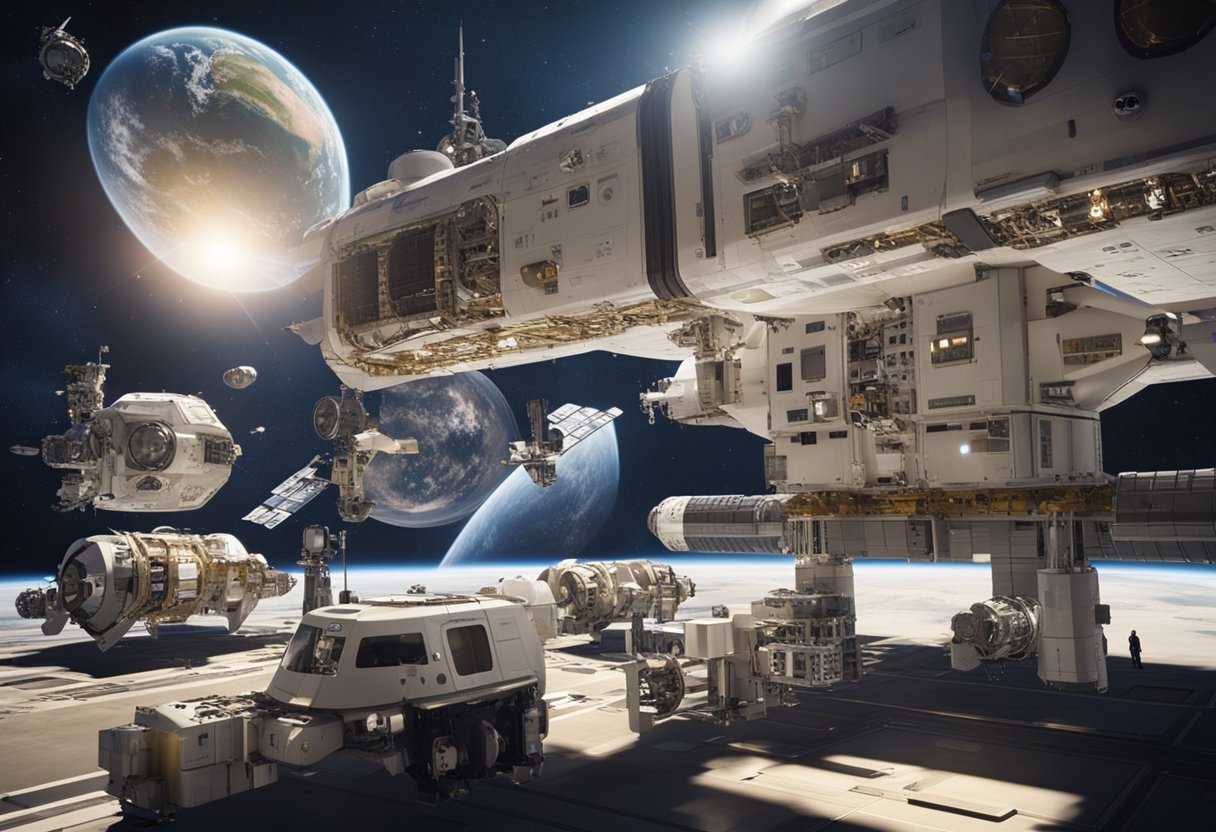
Advancements in space transportation and logistics are crucial for ensuring that crew members are supplied with necessary consumables, and that rockets and spacecraft are equipped with reliable propulsion systems for the long hauls into deep space.
We understand that propulsion technologies are the backbone of space exploration. Today’s main propulsion systems range from chemical rockets, which are used for their high thrust, to more efficient electric propulsion systems for longer-duration missions. For example, NASA’s ECLSS technologies include propulsion systems that have made remarkable advancements, supporting not just cis-lunar travel but also potential Mars missions. These developments greatly improve our ability to reach further into space.
The safe transport of our astronauts alongside vital consumables like food, water, and oxygen is fundamental to any mission’s success. Advances in logistics and waste management, which you can glean from NASA initiatives, are intent on minimising mission mass and volume, therefore increasing mission efficiency and safety. We also notice the emergence of novel solutions from organisations like ESA to ensure a robust space logistics ecosystem capable of sustaining crewed operations in space.
SpaceVoyageVentures.com provides us with insight into how these technologies not only shape the future of deep space exploration but also open up avenues for space tourism, hinting at possibilities for the public to experience these technological marvels firsthand.
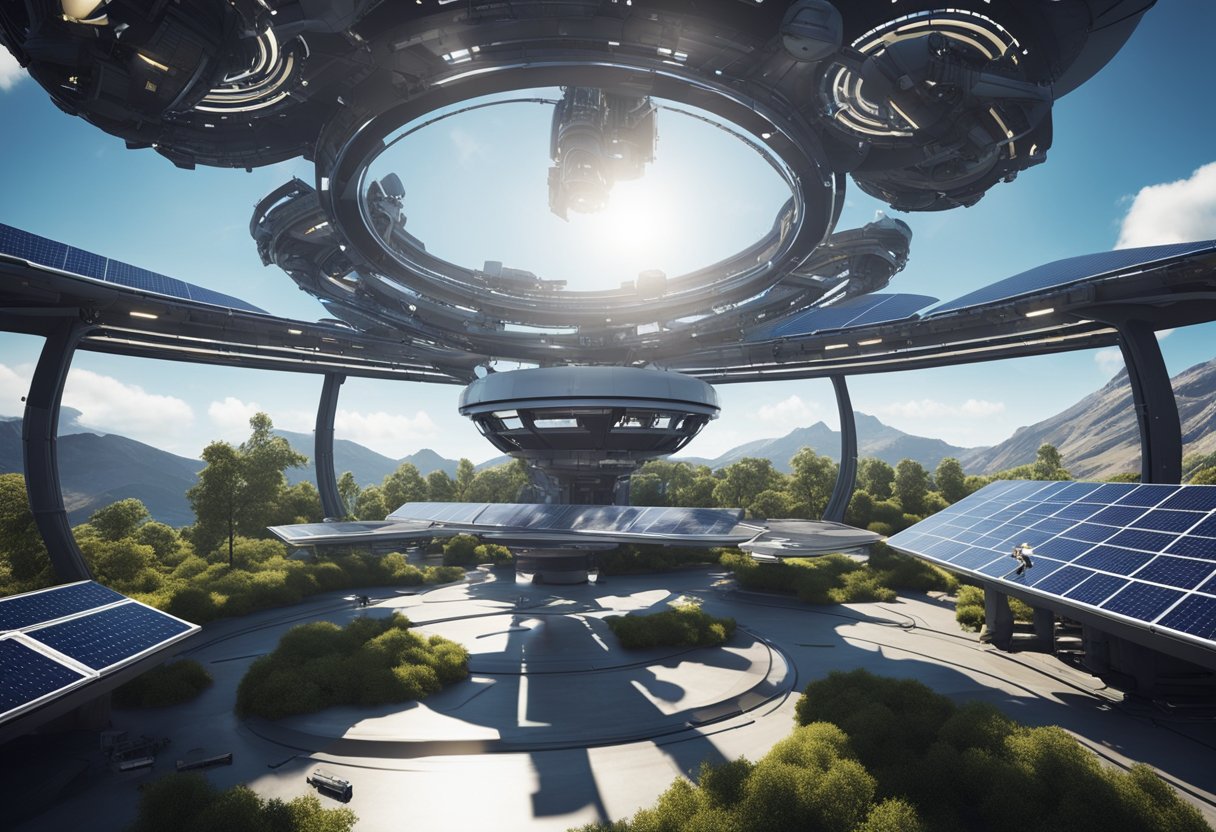
Ensuring the enduring viability of space activities hinges on recognising the fragile nature of the space environment. Approaches to space exploration and utilisation must incorporate principles that foster sustainability and ethics.
We must adopt strategies that enable the continuous use of the space environment without depleting its resources. For instance, the development of space environmental protection guidelines aims to prevent harmful contamination and the proliferation of space debris. Both robotic and manned missions must adhere to these guidelines to sustain the space environment for future generations.
The implementation of monitoring systems is crucial to track space debris and ensure swift action can be taken to prevent potential collisions. These measures contribute to the long-term sustainability and safe operation of satellites, which are essential for communication, navigation, and Earth observation.
We strive for the equitable distribution of space benefits, ensuring that exploration and commercialisation in space remain peaceful activities. Proper regulations must be set in place to prevent conflicts over extraterrestrial resource exploitation. The sustainable space exploration roadmap outlines how international collaboration can lead to the responsible management of space resources.
The concept of fair and peaceful use also enforces that activities in space should not cause harm to other nations or their space assets. This includes minimising the risks of space warfare and promoting initiatives like the Space Sustainability Rating (SSR), which incentivises stakeholders to integrate sustainability into mission design and operations.
In addition to the stringent policies and technical solutions, it is incumbent upon us to consider the social and ethical implications of our celestial endeavours. The burgeoning industry of space tourism, as featured on websites like SpaceVoyageVentures.com, raises new questions about the fair access to space experiences. Our commitment to the principles of unity in space exploration ensures that the wonders of the cosmos are available not only to a privileged few but for all mankind.

In our pursuit of space exploration, we put paramount importance on space safety and the recovery of spacecraft to ensure the well-being of astronauts and the successful return of missions to Earth.
Spacecraft design and operational protocols include robust measures to safeguard human health in space. We carefully monitor radiation levels and implement shielding technologies to protect astronauts from cosmic rays and solar flares. Life support systems must maintain a delicate balance of oxygen, and superior air filtration setups are essential to avoid any potential contaminants that could pose risks to the crew’s health.
Reentry procedures are meticulously planned to ensure safe passage of spacecraft back through Earth’s atmosphere. We focus on precise angle and speed of entry to avoid excessive heat build-up which is mitigated through the use of heat-resistant materials. For the recovery phase, our protocols include pre-determined landing zones and specialised retrieval teams. We use tracking systems and coordinate with maritime and land forces to secure the prompt location and recovery of the module and the health status of its occupants after touchdown.
Throughout, it’s essential that we apply the most rigorous safety standards and recovery practices to minimise risks to both the crew and the spacecraft.
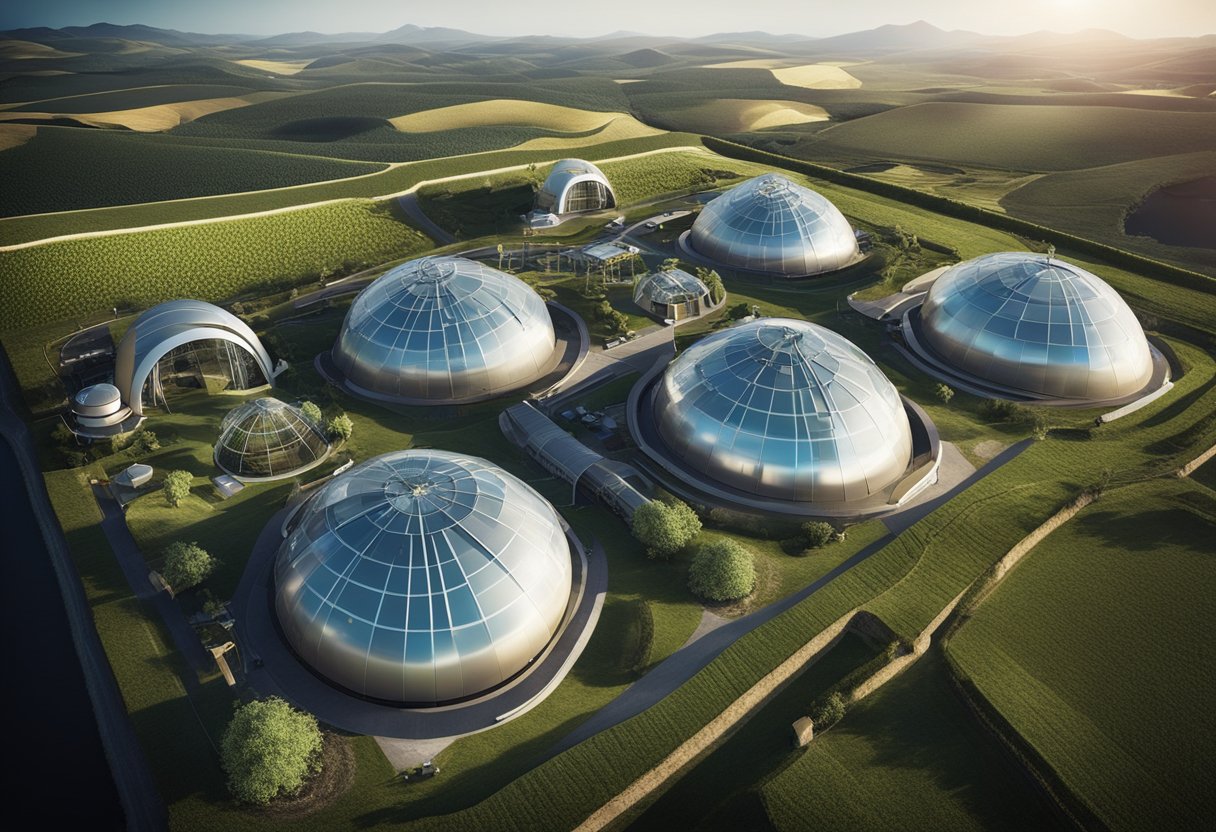
In stepping towards a sustainable future in space exploration, we must develop robust systems for growing food and extracting resources beyond Earth. Our efforts are concentrated on pioneering agricultural methodologies and technologies to utilise lunar and asteroid raw materials, ensuring a continuous supply of consumables for long-duration missions.
Cultivating crops in space’s unique environment necessitates advanced space controlled environment agriculture (SpaCEA) systems. Designed to mimic Earth-like conditions, these systems provide critical life support for astronauts by generating a renewable food source and contributing to air purification. Hydroponics and aeroponics have surfaced as leading techniques in this field, maximising the efficient use of limited water and space aboard spacecraft or extraterrestrial habitats.
Space Agriculture Initiatives:
Our commitment extends to the moon and other celestial bodies, where we aim to harvest raw materials to construct in-space infrastructure and support human life. We’re honing in situ resource utilisation (ISRU) strategies to transform the moon’s regolith into usable materials such as oxygen, water, and building compounds. Additionally, extracting precious raw materials from asteroids presents a solution to Earth’s finite resources, bolstering our capability to sustain prolonged space exploration and even potential space tourism initiatives, akin to what is documented on SpaceVoyageVentures.com.
Techniques for Raw Material Extraction:

In this section, we address some of the most pressing queries regarding how space technology is intertwined with environmental protection.
Space exploration has led to the development of Earth observation satellites that monitor climate patterns and greenhouse gas emissions. These innovations are critical for formulating strategies to tackle global warming.
Through space exploration, we obtain crucial data on Earth’s ecosystems from satellites, aiding in the conservation of biodiversity and management of natural resources.
Advancements in space technologies enable the detailed analysis of Earth’s atmospheric conditions and facilitate predictive modelling of climate change phenomena, enhancing our understanding of long-term ecological impacts.
Technologies such as sterilization techniques for spacecraft are essential for planetary protection to prevent biological contamination during space missions.
Space missions play a critical role in Earth preservation by providing a platform to deploy instruments that track environmental changes and support disaster response mechanisms.
During the development of new space technologies, environmental impacts are mitigated by rigorous testing, adherence to sustainability practices, and applying lessons learned from past missions to reduce space debris.